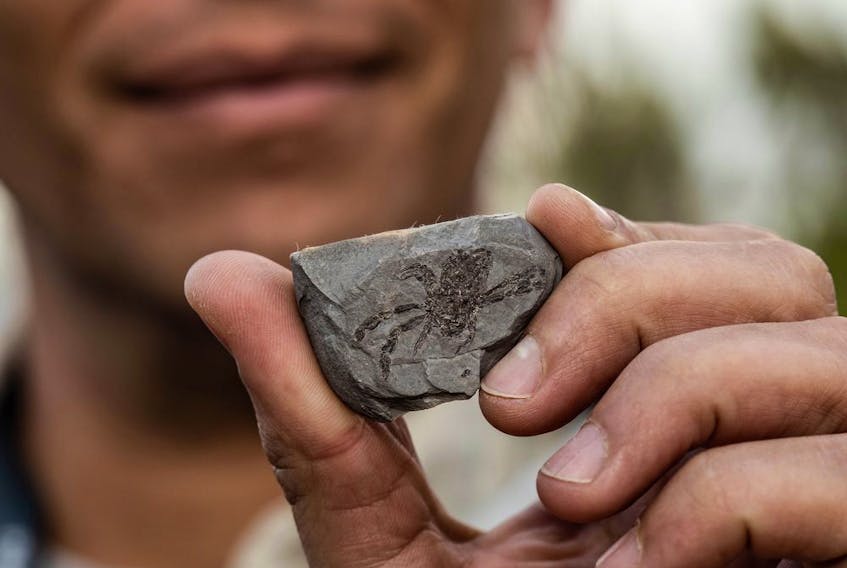Scientists from the University of Alberta have recovered more than 70 specimens of the chimera crab from the Andes Mountains in Colombia, along with hundreds of other crustaceans like shrimps and lobsters.
The chimera crab, as it is called, is a new branch on the crab dichotomy, said Javier Luque, lead author and postdoctoral paleontologist in the department of biological sciences at the University of Alberta and Yale University.
“It’s completely unlike anything else … it would be the platypus of the crab world, so unique, so bizarre,” said Luque in an interview Wednesday.
Luque said he discovered the fossils in 2005 while on a month-long field excursion in Colombia during his undergraduate studies. Luque describes the discovery as a “wow moment.”
“I was with a friend of mine at the time and one day after so long of walking I decided to sit on a mountain and grab my hammer and pound one more time just to try my luck, and that’s when we discovered a layer that actually had a massive accumulation of marine arthropods, being in this case shrimps and crabs, including the chimera crab,” said Luque.
Luque said they were unable to work on the fossils until much later because it took a long time for them to understand what they were looking at.
The crab is described by Luque as having enormous eyes, paddle-like legs, pinchers at a 90-degree angle and is no bigger than a loonie, all unusual traits for a modern crab.
The scientific name of the crab is Callichimaera perplexa, a name inspired by the Greek mythological beast the chimera, an animal that has characteristics from multiple species in one body. Luque said the crab is essentially the chimera of the crab world.
“Callichimaera means beautiful chimera and perplexa because of its baffling and puzzling anatomy that kept us in the dark for so long until we understood this was its own branch of the crab tree of life,” said Luque.
By the shape and form of the chimera crab, scientists suggest the crab was active in its environment and a swimmer. Luque said its large eyes were in constant use and its long paddle-like legs suggest the crab was an agile swimmer. It is believed the chimera crabs once lived in a shallow coastal sea during the Cretaceous period.
“It’s really strange, we have no idea who is its ancestor or closest relative, neither why they disappeared,” said Luque
Luque said more fossils have popped up in two more places around the world, one in the U.S. and another in northern Africa.
Scientists are continuing to explore the reason for the crab’s extinction and its ancestors.
Copyright Postmedia Network Inc., 2019









